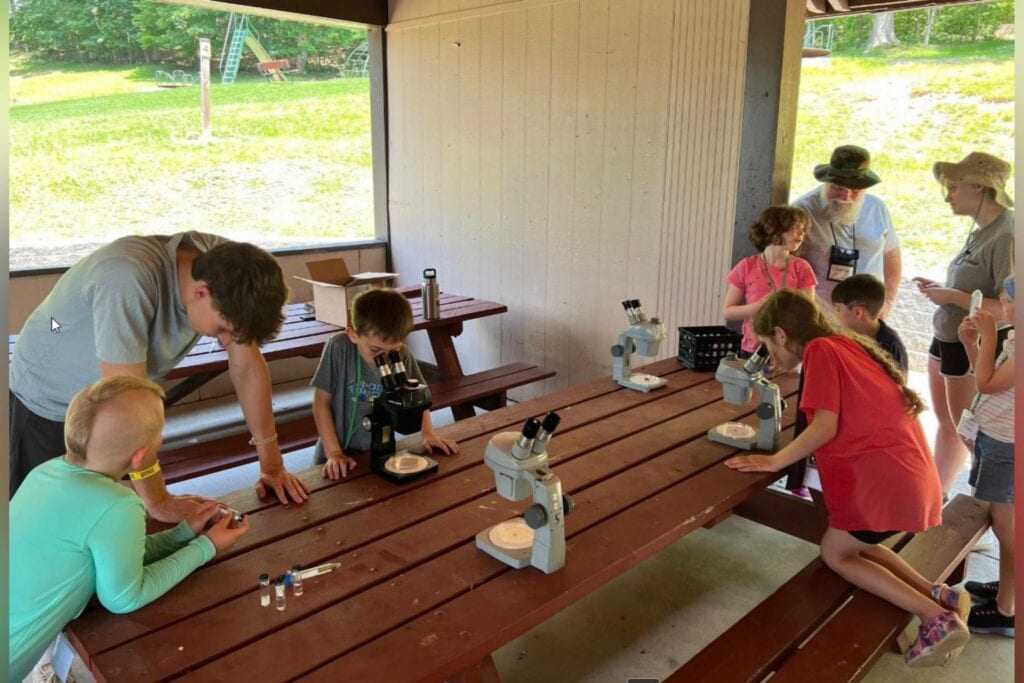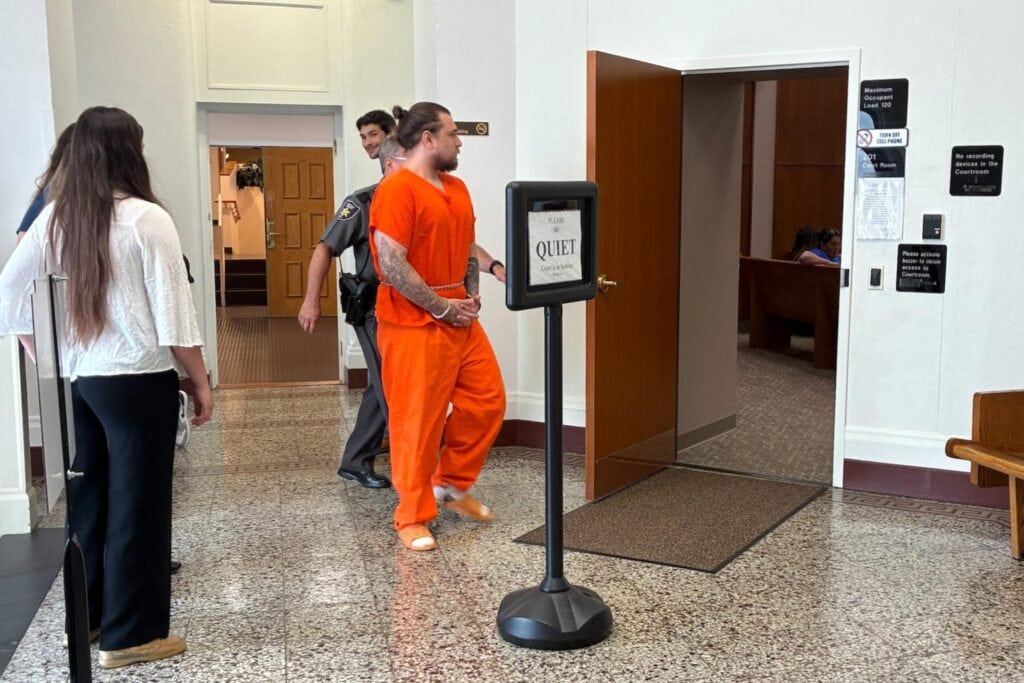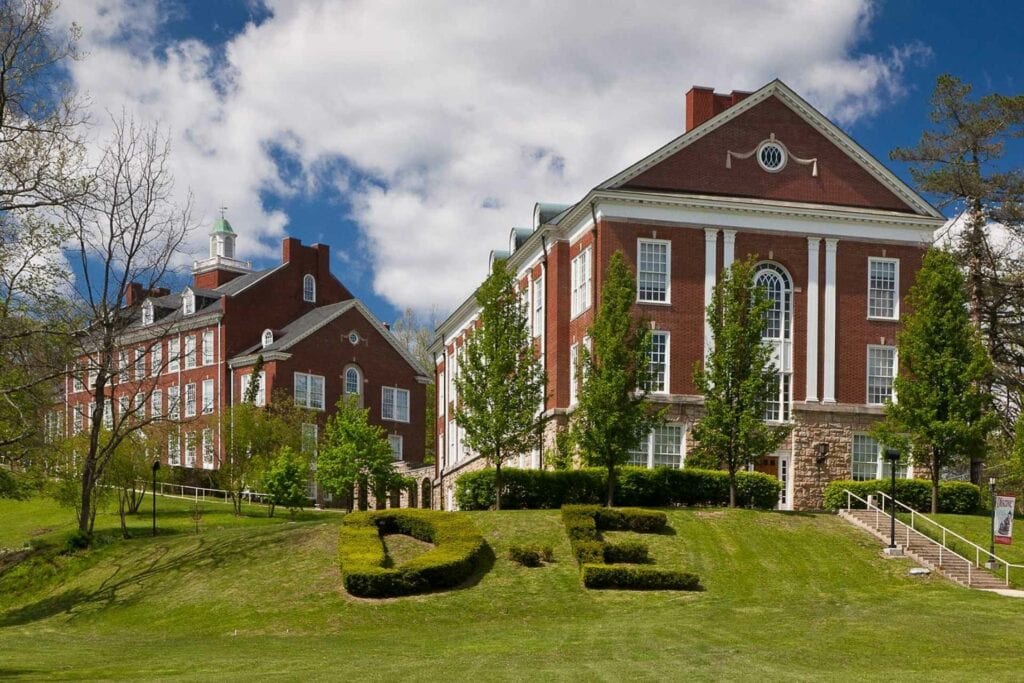West Virginia University roboticists are working on an alternative path to robot autonomy with Loopy, a “multicellular robot” composed of a ring of individual, interconnected robot cells.
Supported by a National Science Foundation award, the WVU team will test Loopy’s ability to “co-design” itself, determining its own shape with limited support from human engineers. With no direct programming of its behaviors, they believe Loopy can learn to use its body to mark the boundary of a contaminated area, such as the site of an oil or toxin spill.
Inspired by natural phenomenon like an ant swarm clustering around a spilled soda or a system of tree roots growing around obstacles, Loopy changes form as each of its cells responds organically to the environment.
Lead researcher Yu Gu, the Mechanical, Materials and Aerospace Engineering Academy of Distinguished Alumni Professor at the WVU Benjamin M. Statler College of Engineering and Mineral Resources, said the ability to reshape itself could make Loopy “transformative” to robotics, with the potential ability, unmatched by conventional robots, to respond flexibly to unpredictable real-world situations.
“Loopy originated as a thought experiment in my lab,” Gu said. “It was conceived as a challenge to the prevalent ‘top down’ thinking in robotics, in which the robot is passive and the human designs, programs and builds it.
“In contrast, Loopy is an example of ‘swarm robotics.’ Many small robot cells interlink to make Loopy, allowing lifelike traits and complex, coordinated behaviors like problem-solving to emerge from the cells’ simple, decentralized reactions to stimuli.”
Loopy’s body is made up of 36 identical cells physically connected in a circle. Each cell can control its own movement, and each cell has sensors that keep it informed about its joint angle as well as external stimuli like light and temperature.
To track how Loopy responds to different situations, Gu’s lab is outfitted with a tabletop test environment equipped with overhead cameras, a motion capture system and a projector. Under the table, heating wires will create warm spots that simulate contamination areas. An overhead thermal camera visualizes the heatmap, and each of Loopy’s cells has a temperature sensor embedded in its foot.
With doctoral student and NSF graduate fellow Trevor Smith, of Appalachia, Pennsylvania, Gu will test Loopy in various unpredictable conditions, including different surface materials and obstacles. They’ll evaluate Loopy’s accuracy in circling contamination areas, Loopy’s responses to the unforeseen, and Loopy’s tolerance of situations about which it has little or inaccurate information.
At the same time, they’ll compare the solutions Loopy finds organically with a more conventional, centralized approach in which a human designer can access all the sensor data and control Loopy’s individual cells.
“The research progress on Loopy will likely be nonlinear and unpredictable,” Gu said. “More often than not, the outcome of our experiments with Loopy is unexpected, and that has been a source of insight and a driver for future investigations.
“What we want to know is whether Loopy’s self-organized solutions to problems offer greater adaptability and resilience than programmed behaviors, and how to harness robotic swarm behaviors for practical applications. Once we have established the conditions that foster the spontaneous emergence of these complex behaviors in multicellular robots, I believe robots that work like Loopy will have potential for applications as diverse as adaptive leak sealing or interactive art displays.”
While conventional, top down robot systems are “unnatural and brittle” and struggle to adapt to novel conditions, in swarm robotics, the collective intelligence of simple cells allows new behaviors to emerge naturally, through a “bottom up” process.
“Our approach is philosophically similar to permaculture, in which human land managers work with rather than against nature to create self-sufficient, sustainable agricultural ecosystems,” Gu said. “In our robot design process, there are three equal players: humans, the robot and the environment.”
Of the several biological models for Loopy, Gu found particular inspiration in studies on plant intelligence. For example, chemical signaling in plants served as his model for the way decentralized information among cells can contribute to collective behavior.
“Plant roots grow by producing new cells,” he explained. “Each of those cells responds to extrinsic factors like the presence of water or nutrients and intrinsic factors like hormones. Those responses, en masse, coordinate root growth — where the roots go, the shapes they form. That’s just one biological mechanism underscoring the importance of distributed coordination, as opposed to centralized control, in complex systems.”
“This work blurs the lines between a robot’s physical form, its behavior and its environment,” Gu added. “Loopy could fundamentally alter our understanding of autonomy, adaptability and design in robotics.”













